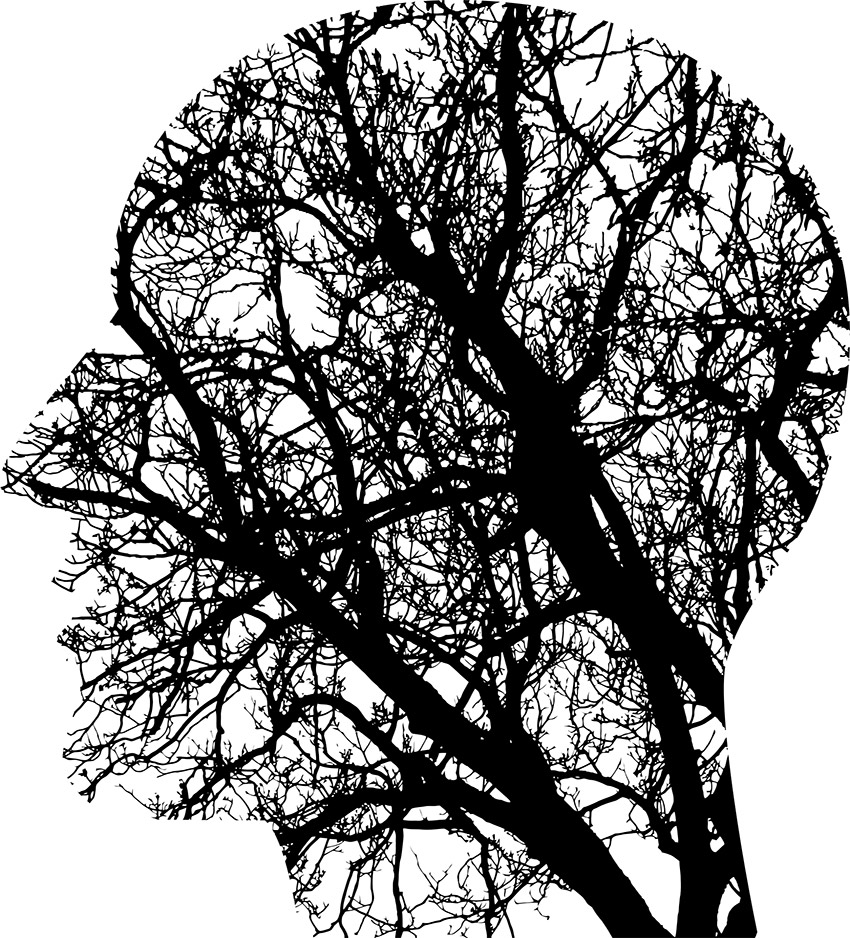AUTHOR: Knvul Sheikh
http://bit.ly/2voAGM1
For the past five decades pharmaceutical drugs like levodopa have been the gold standard for treating Parkinson’s disease. These medications alleviate motor symptoms of the disease, but none of them can cure it. Patients with Parkinson’s continue to lose dopamine neurons critical to the motor control centers of the brain. Eventually the drugs become ineffective and patients’ tremors get worse. They experience a loss of balance and a debilitating stiffness takes over their legs.
To replace the lost dopamine neurons, scientists have begun investigating stem cell therapy as a potential treatment or even a cure. But embryonic cells and adult stem cells have proved difficult to harness and transplant into the brain.
Now a study from the Karolinska Institute in Stockholm shows it is possible to coax the brain’s own astrocytes—cells that typically support and nurture neurons—into producing a new generation of dopamine neurons. The reprogrammed cells display several of the properties and functions of native dopamine neurons and could alter the course of Parkinson’s, according to the researchers. “You can directly reprogram a cell that is already inside the brain and change the function in such a way that you can improve neurological symptoms,” says senior author Ernest Arenas, a professor of medical biochemistry at Karolinska. Previously, scientists had to nudge specialized cells like neurons into becoming pluripotent cells before they could develop a different kind of specialized cell, he says. It was like having to erase all the written instructions for how a cell should develop and what job it should do and then rewriting them all over again. But Arenas and his team found a way to convert the instructions into a different set of commands without erasing them.
By adding a cocktail of three genes and a small RNA molecule—NEUROD1, ASCL1, LMX1A and miR-218, respectively—the researchers forced astrocytes to transform directly into dopamine neurons. In culture, once human astrocytes were successfully reprogrammed this way, they looked and acted just like normal midbrain dopamine neurons. The reprogrammed cells grew axons, the long fibers that make connections with other neurons, fired electrical signals and released dopamine.
In mice, researchers first destroyed dopamine neurons in one part of the brain to produce a model of Parkinson’s. Then they injected the cocktail of genes into the brain and observed the mice as they walked on a tiny treadmill. Within five weeks the mice began to walk straighter, their movements were more coordinated and their posture was improved.
The results, which were published in Nature Biotechnology today, open the door to a novel therapeutic approach for Parkinson’s. Directly converting astrocytes already present in patient’s brains could eliminate the need to search for donor cells as well as avoid the risk of immunosuppression of transplanted cells. The treatments would also produce proteins involved in normal cellular processes and may therefore be less likely to cause side effects compared with current drugs. “This is like stem cell 2.0. It’s the next-generation approach to stem cell treatments and regenerative medicine,” says James Beck, vice president and chief scientific officer, for the nonprofit Parkinson’s Disease Foundation who was not involved with the research.* An estimated one million Americans and more than 10 million people worldwide live with Parkinson’s. Replacing their lost dopamine neurons with reprogrammed brain cells could make management of their motor symptoms much easier, he notes. Instead of having to take eight pills or more every day in the later stages of the disease, people could reduce the amount of medication they have to take, maybe even down to zero.
But there are some caveats: “Unfortunately, this is not going to halt the course of Parkinson’s,” Beck warns. If patients lose more dopamine neurons as the disease progresses, scientists or physicians may have to repeat the process of reprogramming replacement cells. And the disease often affects more than just dopamine neurons. There is a whole host of nonmotor symptoms that accompany Parkinson’s, including cognitive impairment, depression, gastrointestinal complications and autonomic dysfunction. “Motor improvement is only half the battle,” according to Beck.
Researchers need to ensure the cocktail of added genes is standardized and produces robust cells in further tests. They will also need to verify that the process does not change other cells in the brain before it is ready for human clinical trials. Only a few small fetal and stem cell graft trials have been conducted so far—and with mixed results, Beck said. But although this direct-reprogramming technique is being developed in parallel to stem cell–based therapies, it could be instructive as well as improve from clinical trials, eventually replacing stem cell therapy in the next decade, he adds. “This is an insight into what the future of Parkinson’s treatment holds.”

